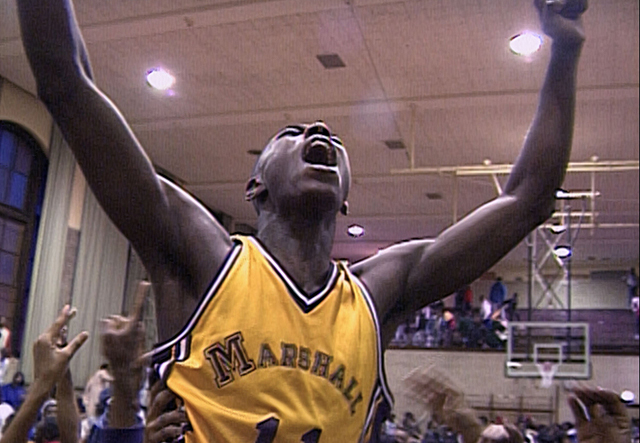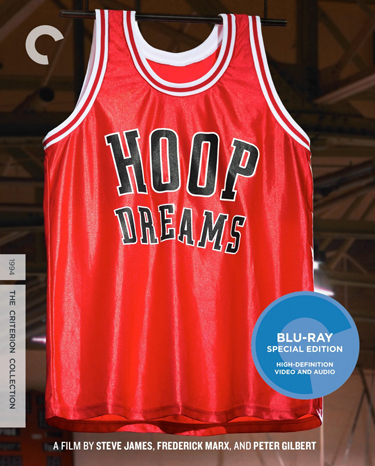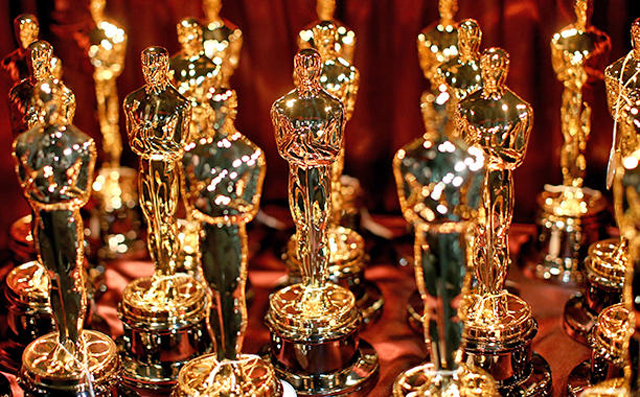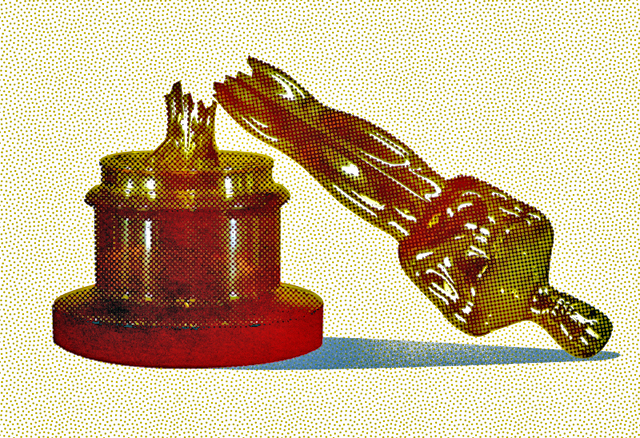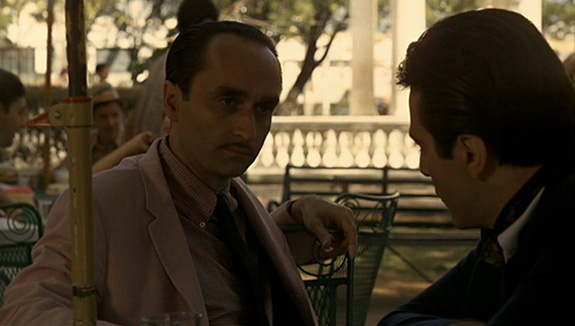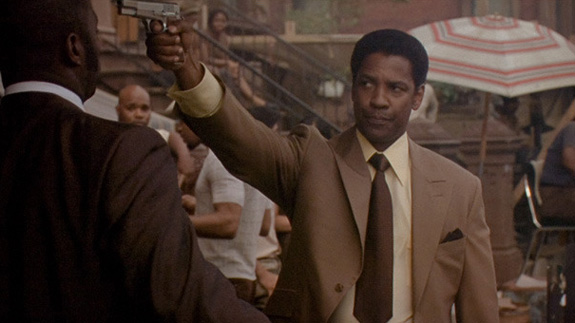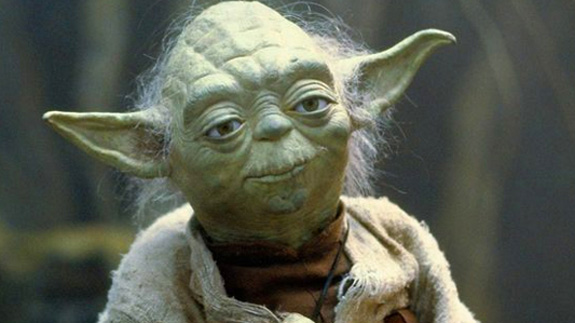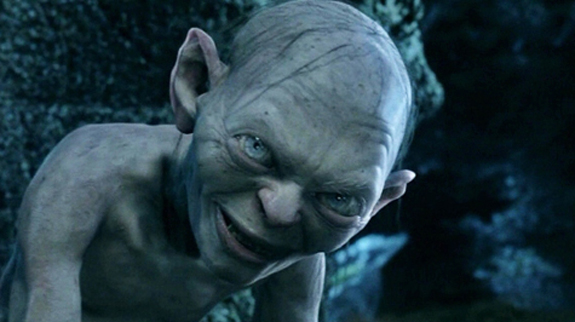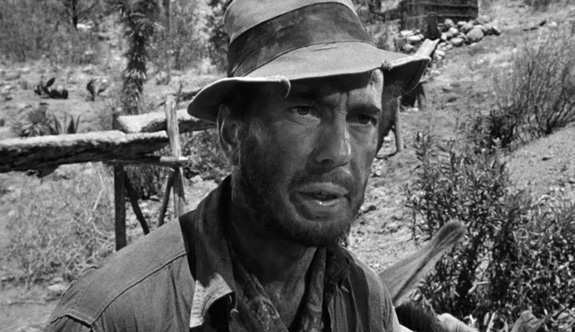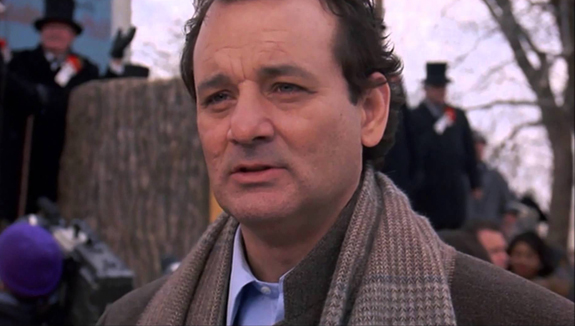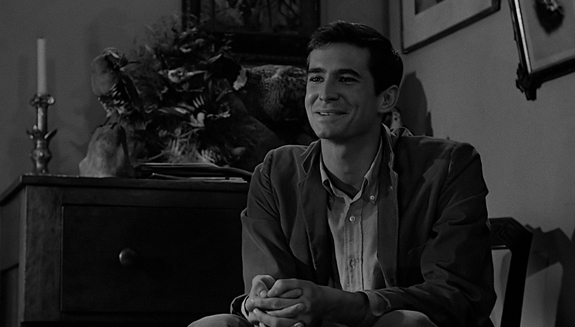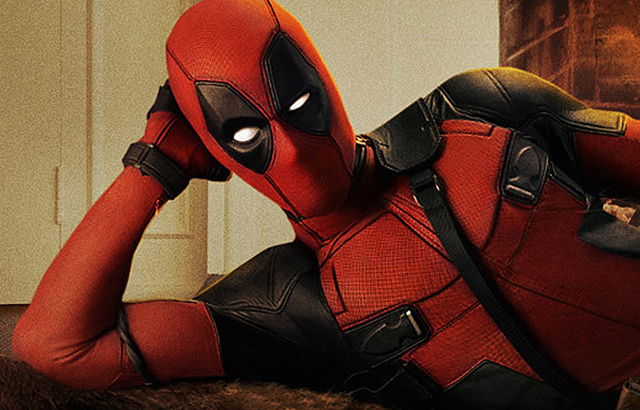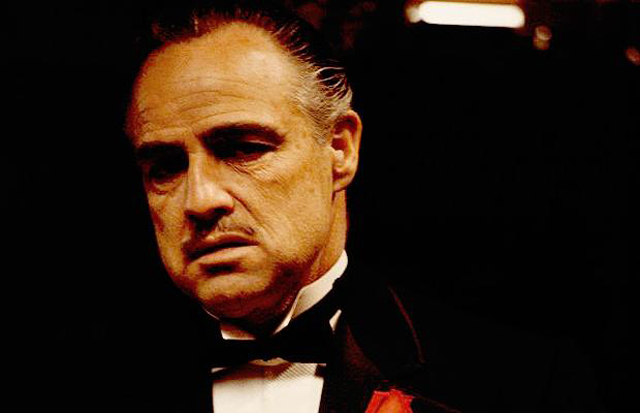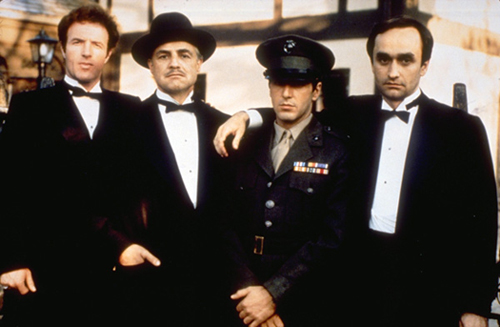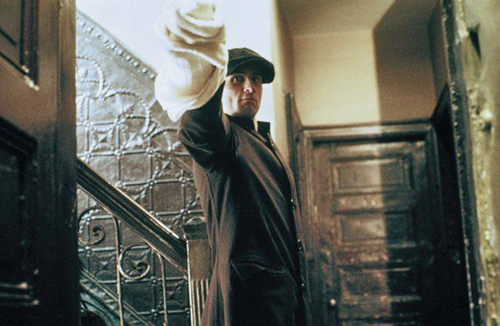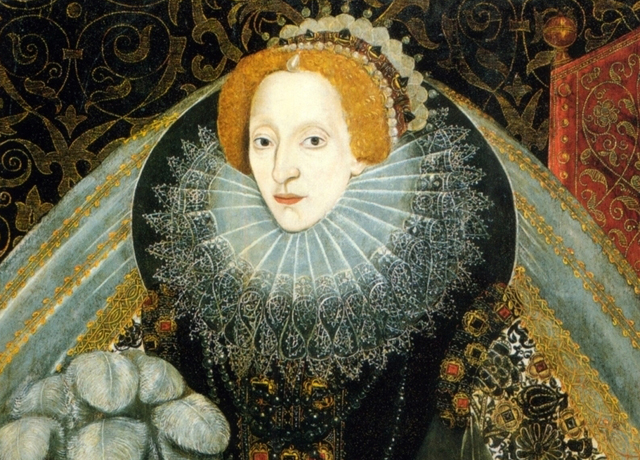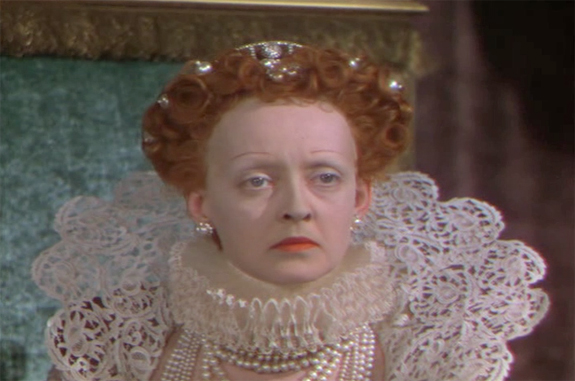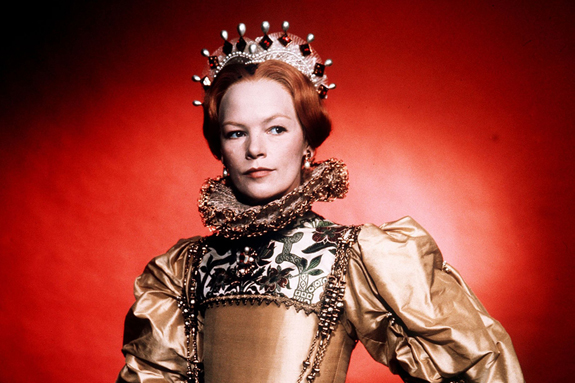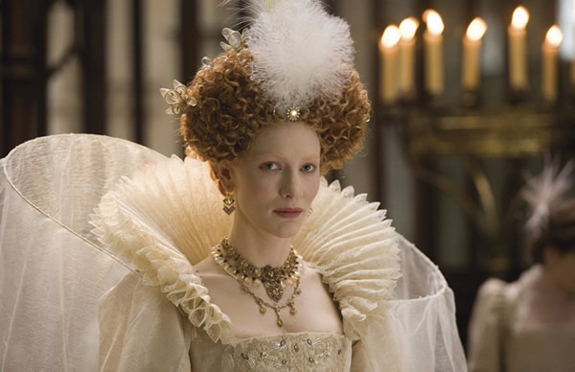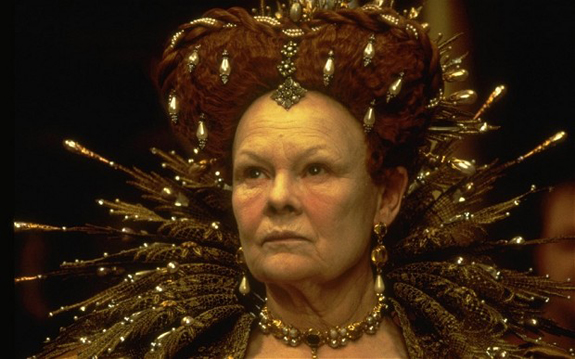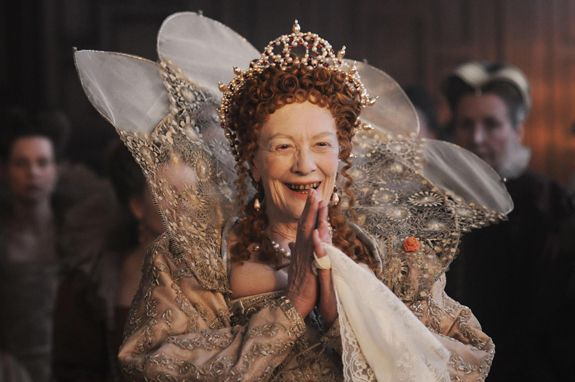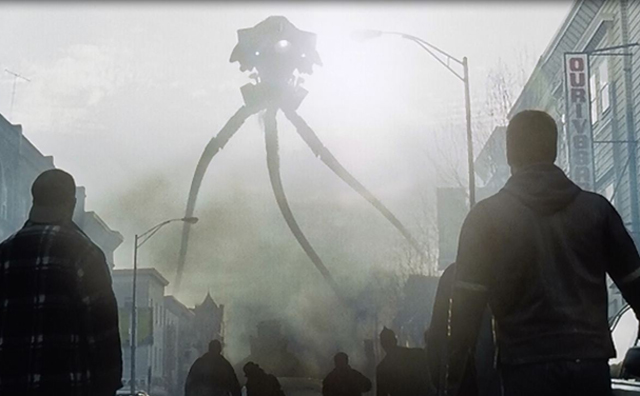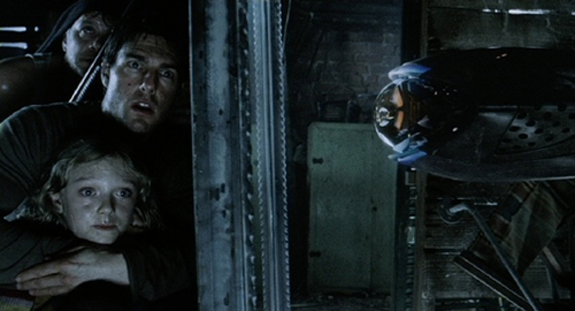
We all love superheroes, and we for the most part love superhero movies. At this point in cinematic history, nearly every comic book hero has made their way to the silver screen, and many of them have made it there alright. But, there seems to be something in recent years that we’ve grown to enjoy more than the average superhero flick, and that is the Superhero team-up. What could be better than one super hero in their own film than a movie full of multiple superheroes. And not just any superheroes, but the world’s most popular. This was effectively pulled off when Marvel Studios created The Avengers (2012), a big screen realization of a superhero team made up of their all-star gallery of icons. Pulling together Iron Man, Thor, Captain America, the Hulk, and a slew of other popular comic characters, The Avengers was a superhero movie unlike any other seen before and it became a dream come true for fans across the world. Naturally, this translated into record breaking box office for parent studio Disney, who continued to support further adventures of these superheroes with an entire in movie universe that connects everything together. The Marvel Cinematic Universe has become an unprecedented success across the board and of course it has inspired many of Marvel and Disney’s rivals to follow in their footsteps with their own collection of characters. I’ve written before about the building of cinematic universes, and how it seems to be the current trend in Hollywood to build movies around multi-narrative arcs as opposed to contained in stand alone features. This certainly has worked well for Marvel, but is their long time competitor DC Comics capable of doing the same as well?
DC made the decision in the wake of The Avengers success to give their own impressive cast of superheroes an epic team-up. Certainly DC is not working without precedent here; the Justice League of superheroes has existed for decades in the comics. Sadly, we’ve just never seen the crossing of paths brought to the big screen until now. Warner Brothers, which is partnered with DC, have long tried to get their superheroes together in the past; namely with their two biggest stars, Batman and Superman. Ideas were floated around as far back as when Tim Burton was still involved with the Batman franchise, and during his brief flirtation with Superman before that project fell apart. In the early 2000’s, George Miller of Mad Max fame was signed on to develop a Justice League feature, but that too fell apart as well. Fans abroad and in Hollywood held out hope for an eventual realization of the potentially explosive confrontation between Batman and Superman. With Christopher Nolan’s epic Dark Knight Trilogy reinvigorating DC’s brand on the big screen, there seemed to be more hope that some of their more neglected heroes would finally get their due. Of course, a new direction for the Superman franchise was needed and that came in the form of Man of Steel (2013). Man of Steel stands on it’s own as an origin film, but in the wake of The Avengers, this was also intended to be the starting off point for DC’s master plan to bring the Justice League to the big screen. Unfortunately, while many fans embraced the plan, they were less than happy about the execution (I for one seem to be one of the few defenders of the film, which I saw as flawed but still noteworthy). With their follow-up, Batman v. Superman: Dawn of Justice, DC hopes to jump earnestly into their grand plan and finally give us what we’ve always wanted and that’s Batman and Superman on screen together, face to face. But, is it a plan that worked?
The story starts off focusing on Bruce Wayne (Ben Affleck), the alter ego of Batman, as he witnesses the destruction of Metropolis that made up the finale of Man of Steel. As Superman (Henry Cavill) fights the villainous General Zod (Michael Shannon) and creates untold destruction in their wake, Bruce does what he can to help people on the ground. As he witnesses the devastation around him, he develops a resentment towards Superman. A couple years later, Bruce finds that he’s not alone in that resentment, as the world becomes torn between viewing Superman as a savior or a menace needing to be stopped. One of those who shares the same belief is another billionaire with plans of his own named Lex Luthor (Jesse Eisenberg), who has gained access to the wreckage of Zod’s space ship as well as an artifact found within, a large sample of Kryptonite. Luthor, upon learning the destructive effects that the element has on Kryptonian cells, intends to use it as a weapon to subdue Superman and have him bow to authority. But, Batman has plans for the Kryptonite as well and he steals it from LexCorp, along with secret data files that Luthor has collected regarding the existence of “Meta Humans” like Superman, also living among us. Batman uses his cunning and ingenuity to build the weapons he needs to take on the seemingly indestructible Superman, but what both he and Superman fail to realize is that they are both being coaxed into destroying one another by Luthor, who’s got diabolical plans at work against both heroes. And to make things even more complicated, a wild card comes late into the film in the form of Wonder Woman (Gal Gadot), who’s got her own issues to deal with between the other two.
As you can tell from my attempt at a plot summary, there’s a lot of story crammed into this movie, and that as a result turns into one of the movie’s main faults. I wouldn’t say that Man of Steel had a solid grasp on the narrative either, but it at least was held together in the end by a definable threat and a clearly defined purpose in the character’s motivations. The problem with the awkwardly titled Batman v. Superman: Dawn of Justice is that it never seems to find it’s focus, and that sadly makes it a step backwards as a follow-up to Man of Steel. This is a problem that I attribute to director Zack Snyder, who has proven time and again to be a filmmaker who favors style over substance. If there is something to value in this movie (and there is) you have to dig through a lot of unnecessary nonsense to get to it. Snyder clearly knows how to stage an action sequence and thickly lay on the loud explosions, but when you don’t understand the motivations of the characters or have a grasp on who’s doing what, all it does is turn the movie into a bunch of noisy mayhem. There’s a sequence midway through the film that features Batman chasing down a truck filled with mercenaries in his Batmobile, and it is so heavily overblown with CGI trickery and overused pyro effects that I had no idea what was going on and as a result didn’t care. In fact, all it made me think of was how much better the Batmobile sequence in Batman Begins (2005) was in comparison, which used actual, on-set vehicles as opposed to CGI ones. This extends to pretty much every action sequence in the movie, which unfortunately makes the movie feel shallow as opposed to engaging. There are a handful of good action moments here and there, but it only makes you wish the rest of the movie had been given the same kind of effort, instead of just assuming that special effects will be the answer to everything.
But the lack of focus isn’t the worst aspect of Batman v. Superman. There is one thing that nearly makes this movie an outright disaster, and his name is Lex Luthor. This is without a doubt the worst iteration of the iconic villain that we’ve ever seen put on film. Everything about the character, from the casting of Jesse Eisenberg, to the way he’s performed and written, to even his appearance is absolutely wrong. I had my doubts very early on with the casting of Eisenberg as Luthor and boy did they come to fruition here. For some reason, Zack Snyder wanted to make Lex a quirkier villain that spouts one-liners and acts off-kilter. I can imagine that what Warner Brothers and Zack Snyder had in mind was a anarchistic, rebellious young villain that you could market to an atypical superhero movie audience, much like how Heath Ledger’s Joker became an icon after the release of The Dark Knight (2008). It’s a cynical ploy to make a highly quotable, meme generating character who you could slap onto a T-shirt and make hip to young, rebellious audiences, and it fails miserably. I found Lex Luthor to be so obnoxious here, and any time this movie ever gains some depth and traction in it’s story, he ends up butting in and spoils the momentum. Never have I seen such a mishandled villain in an superhero movie; except maybe The Mandarin in Iron Man 3 (2013) or The Rhino in The Amazing Spiderman 2 (2014). I don’t particularly blame Eisenberg though; we’ve seen him act well before in other movies, like The Social Network (2010). In fact, I find it weird that he comes off more menacing as Facebook founder Mark Zuckerberg than he does as here as Lex. Out of all the problems in this movie, the villain comes out as the biggest misfire. Man of Steel at least benefited from a villain that was intimidating, thanks to Michael Shannon’s incredible work as Zod. In this, it’s hard to take the plot seriously when the villain is so pathetically drawn.
But, aside from all the bad things about this movie, it’s not an outright disaster either. There are still some praiseworthy elements that help to shine a light through all this mess. Primary among them is the portrayal of Batman himself. I’m about to say something that I never thought I’d ever say, but Ben Affleck saves this movie. That’s right, I’m as amazed as you are. A lot of naysayers decried the casting of Affleck in the role of Batman, especially after the critically acclaimed work done by Christian Bale in The Dark Knight trilogy. But, thankfully, this is a much different Batman than what we’ve seen before, and Ben Affleck proves to be perfectly chosen for the role. This is a grizzled, world-weary Batman who has protected Gotham City for over twenty years at the time of the movie’s setting. He’s seen so much chaos around him and even the deaths of friends and allies, and it’s all taken it’s toll. Ben brings that out very well in his performance, and as a result, he’s able to convey the motivations of the character much better than anyone else in the movie. I also want to praise the work put into the Batman outfit too. Taking a cue from the design from Frank Miller in his iconic The Dark Knight Returns comics, this is one of the best Batman suits ever created. Couple that with the fact that at 6′ 3″, Ben Affleck is also the tallest actor to play the role of Batman and you’ve got probably the most physically imposing Caped Crusader we’ve ever seen. But, even outside the suit, Affleck is still effective and surprisingly subtle in the role of Bruce Wayne. He also has the benefit of working opposite Jeremy Irons as his trusty butler Alfred, who is likewise perfectly cast and the two have probably the best chemistry in the entire movie. Despite all the movie’s shortcomings, I’m happy to say that it does do right by Batman, and considering that he’s been my favorite superhero since childhood, it kind of makes it worth it in the end just to see that legacy live proudly on.
The remaining cast is kind of a mixed bag. While not quite as engaging as Affleck’s Batman, Henry Cavill still does okay as Superman. He never does the red and blue a disservice, and occasionally shows moments of greatness as the character, but at the same time, this movie kind of gives him nothing to do either. At least in Man of Steel we saw a little bit more of the humanity in the character, and the struggle with identity that defines much of what he does. Sadly, this movie turns him into more of a symbolic character rather than an identifiable one. Much of the film deals with the ramifications of what Superman represents in our world, being a God-like figure among men, and whether or not he can be trusted. It’s an interesting concept to bring up for debate in the movie, but Superman never really gets a voice in that debate, and instead he turns into a pawn in the overall plot. Some people didn’t like the drastic measure of killing that Superman was forced into in Man of Steel, but I thought it brought out a great moral dilemma in the character and it brought a genuine emotional performance out of Cavill too. I just wish that translated over more here, because Superman is much less interesting this time. Worse yet, I hated the way they portrayed Lois Lane here. In Man of Steel, she was both smart and resourceful, as well as undaunted by her circumstance. Sadly, she’s relegated to more of a damsel in distress role, which is a significant step backwards for the character. On the other hand, despite minimal screen-time, Gal Gadot does stand out as Wonder Woman, who finally has made it to the big screen. She could have easily been portrayed poorly (Snyder’s been know to do that with female heroes), but there’s a moment late in the final battle where Wonder Woman is thrown to the ground and before she picks her sword back up, she has a smile on her face. That to me perfectly embodies Wonder Woman; a warrior who welcomes a challenge. She’s a minor player, but one that makes the most of her time on screen.
So, is Batman v. Superman worthy of your time. Well, if you hated Man of Steel, I don’t think this film will win you over either. It solves some of the problems of it’s predecessor, but in the process it creates a whole bunch of new ones, and overall, I think it’s lack of focus and convoluted plot actually makes it a weaker film. The over abundance of CGI is a problem and it robs any urgency in the action sequences. Not to mention that it completely misfires with the villain at it’s center, who I cannot take seriously at all. The movie is only at it’s best when it actually takes a breath and allows the characters to develop, which sadly happens very rarely. This is exactly what you don’t want to do with a franchise movie that’s supposed to be the launching point for a grand, multi-narrative shared universe. Marvel has done such a remarkable job not just making the big Avengers team ups work, but also in allowing each of the characters enough time to shine on their own stand alone flicks. Batman v. Superman is a pale imitator by comparison because it puts the value in the grand plan rather than the story. It’s shameless studio mandated storytelling, and it rings hollow as a result. Some of this could have been brilliant, and on occasion it is, but Zack Snyder doesn’t seem to grasp the balance that this kind of venture needs. That being said, there were quite a few things that I did like in this movie, and they mostly all revolve around Ben Affleck’s extremely effective Batman. This movie at least gives me confidence in the actors playing the roles, and I can’t wait to see them work in their own stand alone features (Wonder Woman comes first next summer, and hopefully it’s great). I especially can’t wait for more of Affleck as the Bat. But, if DC wants to compete with Marvel and make their superhero team-ups just as effective, they should probably have someone more capable at the helm than Zack Snyder, because with Dawn of Justice, he’s just steering this ship into more troubled waters.
Rating: 6.5/10
